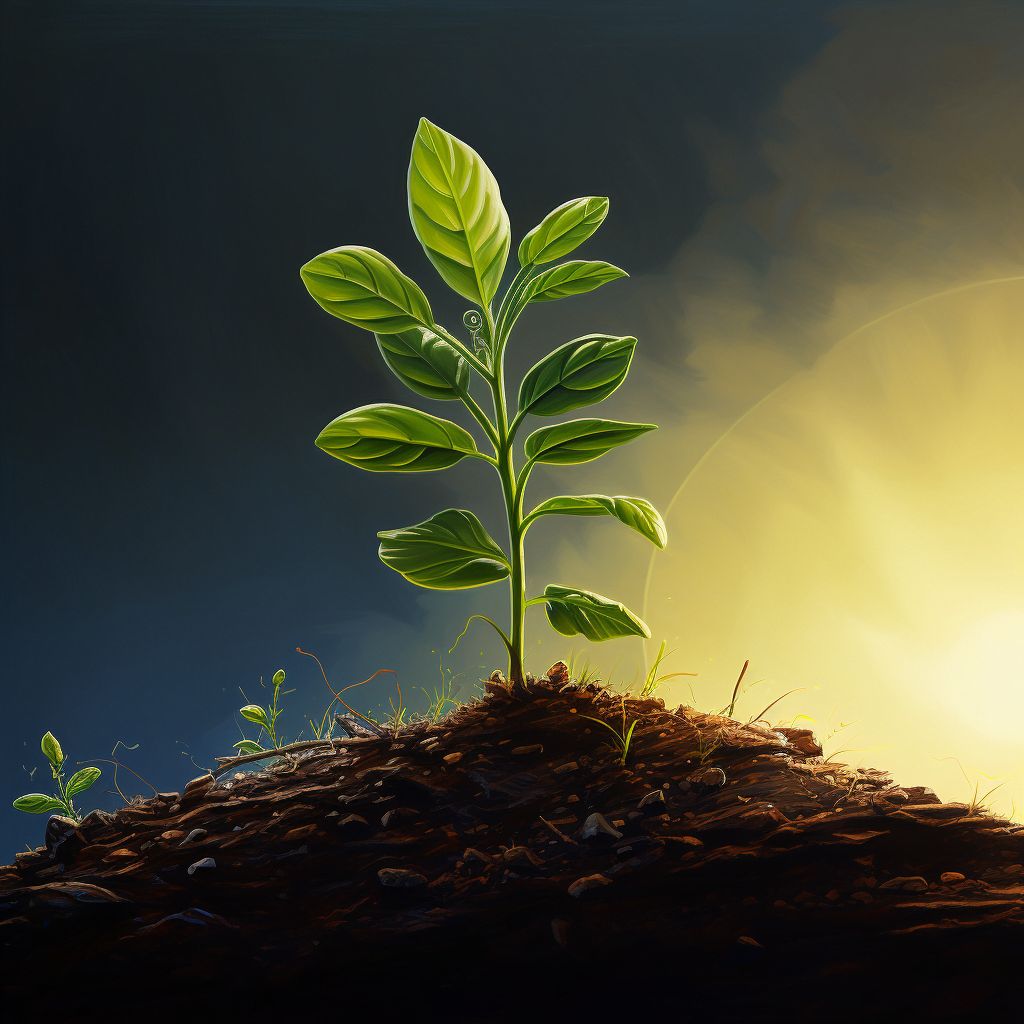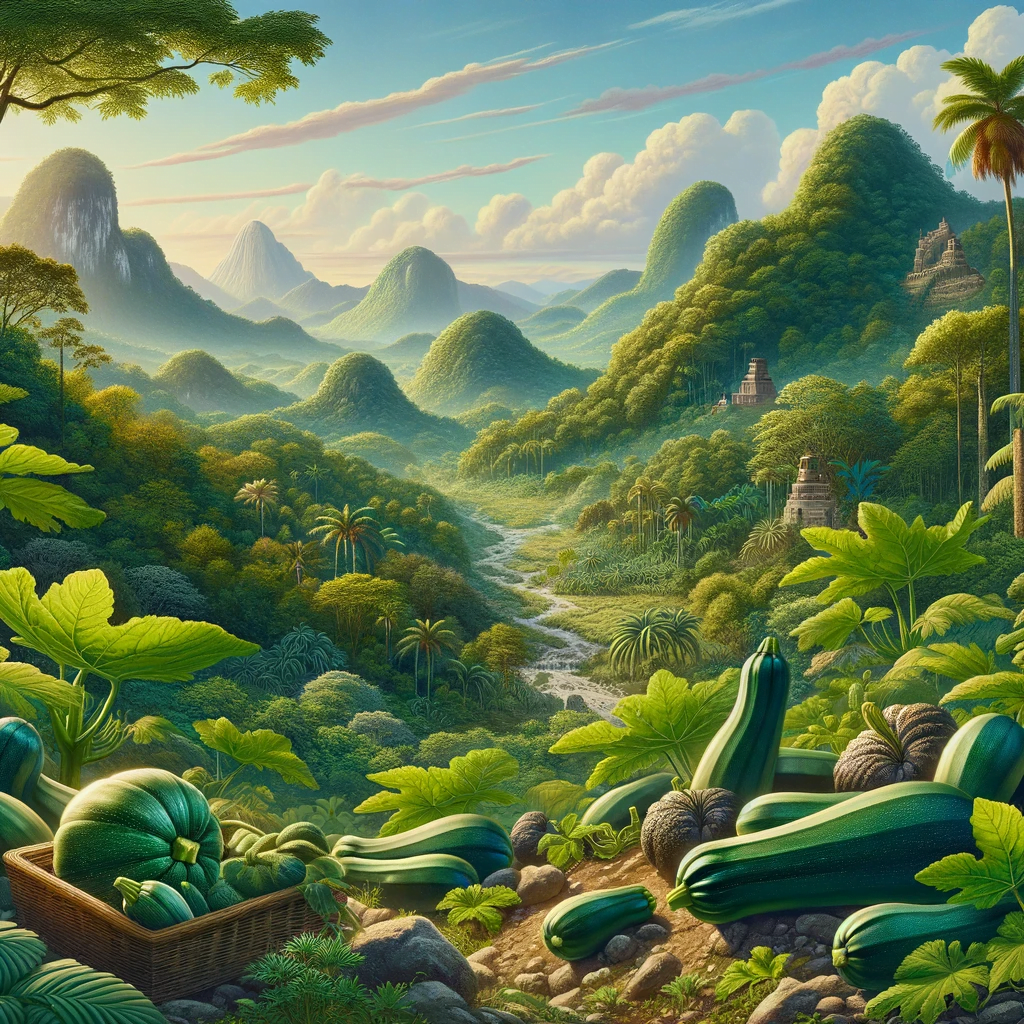Zucchini, a staple in gardens and kitchens worldwide, often goes unnoticed despite its rich history and versatility. Where is zucchini from originally? This seemingly simple question opens up a world of exploration into the origins and evolution of this beloved summer squash. Join us as we unearth the roots of the zucchini and discover how it became a global culinary favorite.
| Aspect | Detail |
|---|---|
| Origin | Mesoamerica |
| First Cultivation | 7,000 – 5,500 BC |
| Introduction to Europe | 1492 (Columbian Exchange) |
| Italian Development | Late 19th Century |
| Botanical Family | Cucurbitaceae |
| Botanical Classification | Summer Squash |
| Common Varieties | Black Beauty, Cocozelle, Golden Zucchini |
| Growth Requirements | Warm, fertile soil; full sunlight |
| Harvest Time | 50 – 70 days after planting |
| Global Production Leaders | China, India, Russia |
| Popular Dishes | Zucchini Ripieni (Italy), Ratatouille (France), Calabacitas (Mexico) |
| Nutritional Benefits | Low in calories, high in potassium, manganese, antioxidants, vitamin C, vitamin A, fiber |
| Cooking Methods | Steaming, sautéing, adding to soups and stews |
| Heirloom Varieties | Cocozelle, Costata Romanesca |
| Sustainability | Suitable for sustainable agriculture |
| Cultural Significance | Symbolizes abundance and harvest bounty |
The Ancestry of Zucchini
The Early Beginnings
Long before it graced our dinner tables in a myriad of dishes, zucchini, or Cucurbita pepo, had wild ancestors that thrived in Mesoamerica. Archeological evidence suggests that these early forms of squash were cultivated as far back as 7,000 to 5,500 BC. Unlike the fleshy zucchini we enjoy today, these early relatives bore hard, inedible rinds and were grown primarily for their seeds.
Domestication and Cultivation
The transformation from inedible gourd to the tender zucchini occurred through the process of domestication. Indigenous peoples of Central and South America selectively bred squash with desirable traits, such as softer rinds and more palatable flesh. This gradual domestication occurred over thousands of years, with each generation of squash becoming more like the zucchini we recognize today.
From the Americas to the World
The journey of zucchini from its native land to the rest of the world is a tale of exploration and trade. After the Columbian Exchange, a period of widespread transfer of plants, animals, and culture between the New and Old Worlds, European explorers brought squash seeds back to their homelands. Italians were particularly fond of these squashes and developed the variety we now call zucchini in the late 19th century.
Zucchini Through the Ages
A Timeline of Zucchini
- 7,000-5,500 BC: Early squash cultivated in Mesoamerica.
- 1492: Columbus introduces squash to Europe.
- Late 1800s: Italians develop modern zucchini.
Cultural Significance
In Italy, zucchini quickly became a key ingredient in dishes like ratatouille and zucchini flowers stuffed with cheese. As Italians immigrated to other parts of the world, they brought their zucchini recipes with them, embedding this vegetable in various cultural cuisines.
Zucchini in Literature and Art
Zucchini has made appearances in art and literature, often symbolizing abundance and the bounty of the harvest. Italian still-life paintings frequently feature the squash, and contemporary authors like Barbara Kingsolver celebrate zucchini’s prolific nature in her book “Animal, Vegetable, Miracle.”
Zucchini’s Botanical Profile
Understanding Cucurbits
Zucchini belongs to the Cucurbitaceae family, which includes cucumbers, melons, and other squashes. Botanically, it’s classified as a summer squash and is harvested while still immature to ensure a soft rind and edible seeds.
Varieties of Zucchini
There’s a surprising diversity within the zucchini family. Some popular varieties include:
- Black Beauty: Known for its dark green skin.
- Cocozelle: A long, striped Italian variety.
- Golden Zucchini: Offers a vibrant yellow color.
Growing Zucchini
Zucchini thrives in warm, fertile soil with plenty of sunlight. It’s a fast grower, often ready to harvest within 50 to 70 days after planting. Gardeners love it for its productivity, sometimes yielding more than one squash per day during peak season.

Zucchini Around the World
Zucchini’s Global Footprint
Today, zucchini is cultivated worldwide, with China, India, and Russia leading in production. Each region has adapted zucchini to fit local tastes, from the stuffed zucchini found in the Middle East to the zucchini fritters popular in Greece.
Famous Zucchini Dishes
- Italy: Zucchini Ripieni (stuffed zucchini)
- France: Ratatouille
- Mexico: Calabacitas (sautéed zucchini with corn)
International Zucchini Festivals
The zucchini has even inspired festivals, such as the Zucchini Festival in Hayward, California, where zucchini races and cooking contests take center stage.
Nutritional Benefits of Zucchini
A Healthful Addition
Zucchini is low in calories but high in essential nutrients like potassium, manganese, and antioxidants. It’s also a good source of vitamin C, vitamin A, and fiber.
Dietary Roles
With its mild flavor and high water content, zucchini fits seamlessly into a variety of diets. It can be spiralized into “zoodles” for a low-carb pasta alternative or sliced into veggie lasagna layers.
Cooking with Zucchini
To retain the maximum nutritional value, it’s best to cook zucchini lightly—steaming or sautéing are excellent methods. Adding zucchini to soups and stews also allows it to absorb flavors while contributing to the dish’s nutrient content.
The Modern Journey of Zucchini
From Farm to Table
The journey from seed to supermarket involves careful cultivation, including planting, watering, and protecting the plants from pests and diseases. Farmers harvest zucchini when it’s about 6 to 8 inches long for the best texture and flavor.
Zucchini in the Supermarket
In grocery stores, zucchini is often displayed alongside other summer squashes, with both conventional and organic options available. Labels indicate the variety and origin, giving shoppers insight into their food’s journey.
Organic vs. Conventional
The debate between organic and conventional zucchini centers on farming practices. Organic zucchini is grown without synthetic pesticides or fertilizers, which some consumers prefer for environmental and health reasons.
Zucchini in the Home Garden
Growing Your Own
Here’s a simple guide for home gardeners:
- Choose a sunny spot with well-draining soil.
- Plant seeds about an inch deep after the last frost.
- Water regularly and watch for pests like squash bugs.
Common Pests and Problems
Gardeners should be vigilant about pests such as aphids and squash vine borers. Natural remedies and vigilant gardening can help keep these pests at bay.
Harvesting and Storing
Pick zucchini when it’s young and tender. Store it in the refrigerator’s crisper drawer for up to a week. For longer storage, zucchini can be shredded and frozen.
Zucchini’s Future
Breeding and Biotechnology
Plant breeders are continually developing new zucchini varieties with improved disease resistance and better yields. Biotechnology also offers tools for creating zucchini that can thrive in changing climates.
Sustainability and Zucchini
As a fast-growing vegetable with a high yield, zucchini is a strong candidate for sustainable agriculture. Its ability to grow in diverse climates makes it a valuable crop for food security.
The Cultural Evolution of Zucchini
As global cuisines continue to blend and evolve, zucchini’s role in our diets is likely to grow. Its adaptability in recipes makes it a prime candidate for culinary innovation.
Conclusion
From its ancient roots in Mesoamerica to its place on modern dinner tables, the zucchini has traveled a long and fascinating path. This humble squash, once an inedible gourd, has become a culinary chameleon, beloved in dishes around the world. So next time you slice into a fresh zucchini, remember the rich history behind every bite.
Additional Resources
For those hungry for more knowledge, check out these resources:
- “The Complete Squash: A Passionate Grower’s Guide to Pumpkins, Squashes, and Gourds” by Amy Goldman
- “Seed to Seed: Seed Saving and Growing Techniques for Vegetable Gardeners” by Suzanne Ashworth
FAQ Section
What is the difference between zucchini and other squash?
Zucchini is a type of summer squash, harvested while immature for its soft rind and edible seeds, unlike winter squash with hard rinds and mature seeds.
Can zucchini be traced back to a specific region?
Yes, zucchini and its squash relatives originated in Mesoamerica before spreading around the globe.
How has zucchini’s nutritional profile changed over time?
Selective breeding has likely altered the nutrient content of zucchini, potentially increasing its vitamin and mineral content compared to its wild ancestors.
Are there any heirloom zucchini varieties that have been preserved?
Yes, many heirloom varieties, like the Italian ‘Cocozelle’ or the ‘Costata Romanesca,’ are still cultivated for their unique flavors and textures.
How can I incorporate zucchini into my diet in creative ways?
Zucchini can be used in a variety of dishes, from stuffed and baked to spiralized into noodles or even used in baked goods for added moisture.
Remember, the story of zucchini is still being written, with every gardener and chef adding their own chapter. So go ahead, plant a seed, cook a dish, and be part of the ever-growing narrative of this extraordinary vegetable.



